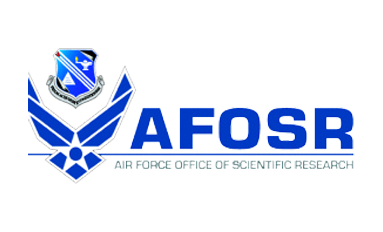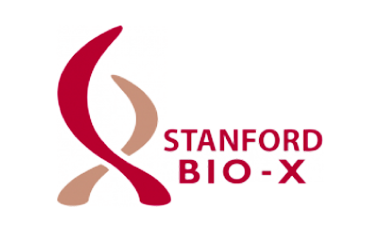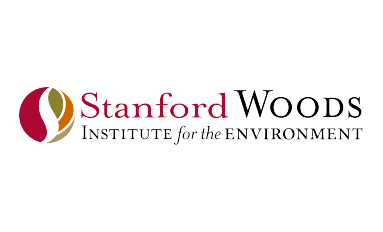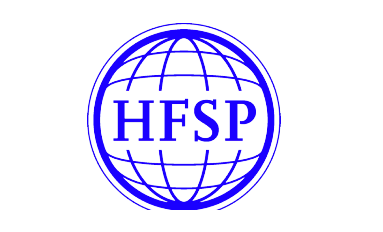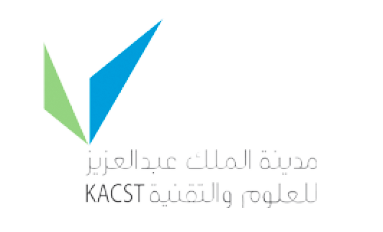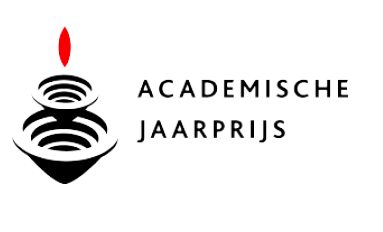DAVID LENTINK
MULTIDISCPIPLINARY
PROJECT EXAMPLES
BIOMIMETICS GROUP
DAVID LENTINK
MULTIDISCPIPLINARY
PROJECT EXAMPLES
BIOMIMETICS GROUP
Multidisciplinary Research Projects
Our grants range from biology to engineering funding programs and are typically multidisciplinary
Example of a typical multidisciplinary project in our lab:
ONR-MURI | High-Speed Flight through Forests and Urban Environments
Despite their reputation as urban pests, pigeons traverse the city skies with grace and agility, dodging buildings, lampposts, power lines, and other obstacles while traveling at remarkably high speeds. A multidisciplinary university research initiative (MURI), led by Computer Science and Artificial Intelligence Laboratory Associate Professor Russ Tedrake, will bring together a diverse group of researchers to develop a bird-sized, unmanned aerial vehicle (UAV), thanks to an Office of Naval Research Grant. The vehicle will be capable of navigating both urban and forest environments using vision-based control.

The $7.5 million grant funds five years of research into creating high-speed, state-of-the-art UAVs capable of handling aerodynamic disturbances and armed with extreme maneuverability.
“UAVs are currently not reaching their full flying potential,” Tedrake says. “They’re flying conservatively, like large planes. We want to create a UAV that can fly through a crowded environment and fly well despite complicated air flow.”
The MURI brings together seven principal investigators working in the fields of biology, machine vision, planning and control, and UAVs, led by Tedrake. Team members include: Emilio Frazzoli (MIT), William Freeman (MIT), J. Andrew Bagnell (CMU), Andrew Biewener (Harvard), Martial Hebert (CMU), Yann LeCun (NYU) and David Lentink (Stanford University).
Adapted from Abby Abazorius (MIT | April 9, 2011)
SPONSORS


